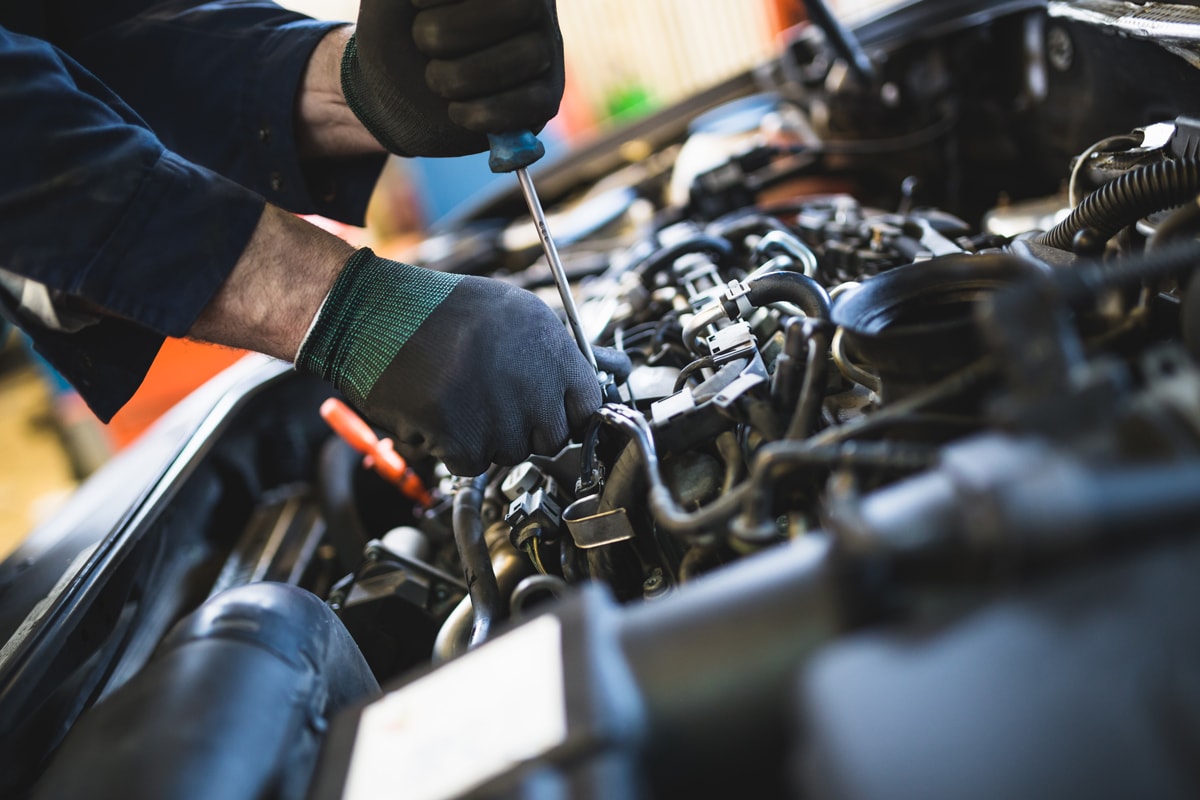All Categories
Featured

The check engine light (CEL) is one of the most vital warning systems in your vehicle, yet it commonly triggers confusion or fret for several motorists. Recognizing what this light represents and how to manage it can save you time, cash, and unneeded stress and anxiety. This overview gives a review of what sets off the CEL, its possible effects, and the actions you ought to take when it lights up.
What Does the Inspect Engine Light Indicate? The CEL is component of your cars and truck's onboard diagnostics system (OBD), which monitors engine performance and exhausts. When the system spots an issue that needs your interest., it lights up.
Solid Light: Signals a non-urgent trouble yet one that ought to be addressed quickly, such as a sensing unit malfunction or emissions-related issue. Blinking Light: Indicates a vital concern like an engine misfire. Driving in this problem can create serious damages, so prompt action is essential. Common Root Causes Of the Check Engine Light. The CEL can illuminate for a wide variety of factors, some small and others much more severe. Right here are some of the most frequent reasons:

Loosened or Damaged Gas Cap:
A loose gas cap can jeopardize the fuel system, triggering the CEL. When the light comes on, monitoring and tightening up the cap is a very easy initial action. Faulty Oxygen Sensing Unit:
This sensor keeps track of the air-to-fuel ratio in your engine. A malfunction can decrease gas performance and increase emissions. Malfunctioning Catalytic Converter:
The catalytic converter assists lower damaging exhaust emissions. Neglecting various other engine problems, like misfires, can bring about catalytic converter damages. Trigger Plug or Ignition Coil Problems:
These components are crucial for starting and running your engine efficiently. Normal upkeep can stop wear and failing. Mass Airflow Sensing Unit Troubles:
This sensing unit determines the quantity of air going into the engine to ensure ideal performance. A filthy or defective sensor can lower effectiveness and power. When the Inspect Engine Light Comes On, steps to Take. Check the Gas Cap:
See and tighten the cap if the light switches off after driving a few miles. Observe the Vehicle's Behavior:
Keep in mind any unusual signs like rough idling, reduced power, or strange noises. Scan the Codes:
Use an OBD-II scanner to obtain difficulty codes stored in your auto's computer. Several auto parts stores offer this service absolutely free. Go To a Technician:

If the light stays on or is flashing, take your automobile to an expert for a comprehensive diagnosis. Stopping Examine Engine Light Issues. Aggressive maintenance is the very best method to prevent CEL problems. Adhere to these tips:
Stick to a Routine Upkeep Schedule: Modification your oil, change filters, and check ignition system on schedule. Examine the Gas Cap: Replace damaged caps to stop leaks in the gas system. Usage High Quality Fuel: Poor-quality gasoline can add to sensor and emissions problems. Why Prompt Activity Issues. Neglecting the CEL can bring about extra extreme troubles, such as engine damage or pricey repairs. A tiny issue like a loosened gas cap can snowball into a major expenditure if ignored.
Verdict. The check engine light is a vital device for maintaining your vehicle's health. By recognizing its objective and responding promptly, you can avoid unnecessary repair services and maintain your automobile running efficiently. The following time the CEL begins, keep in mind to stay tranquil, inspect the fundamentals, and consult a specialist if required.
Latest Posts
Find Cost-Effective Auto Repairs with Montclare’s Limited-Time Service Specials
Published en
1 min read
Learn About Leading Vehicle Maintenance Services in Chicago – Drive with Confidence
Published en
1 min read
Don’t Miss Special Auto Repair Deals in Chicago at Montclare Auto Repair
Published en
1 min read
More
Latest Posts
Find Cost-Effective Auto Repairs with Montclare’s Limited-Time Service Specials
Published May 25, 25
1 min read
Learn About Leading Vehicle Maintenance Services in Chicago – Drive with Confidence
Published May 25, 25
1 min read
Don’t Miss Special Auto Repair Deals in Chicago at Montclare Auto Repair
Published May 20, 25
1 min read